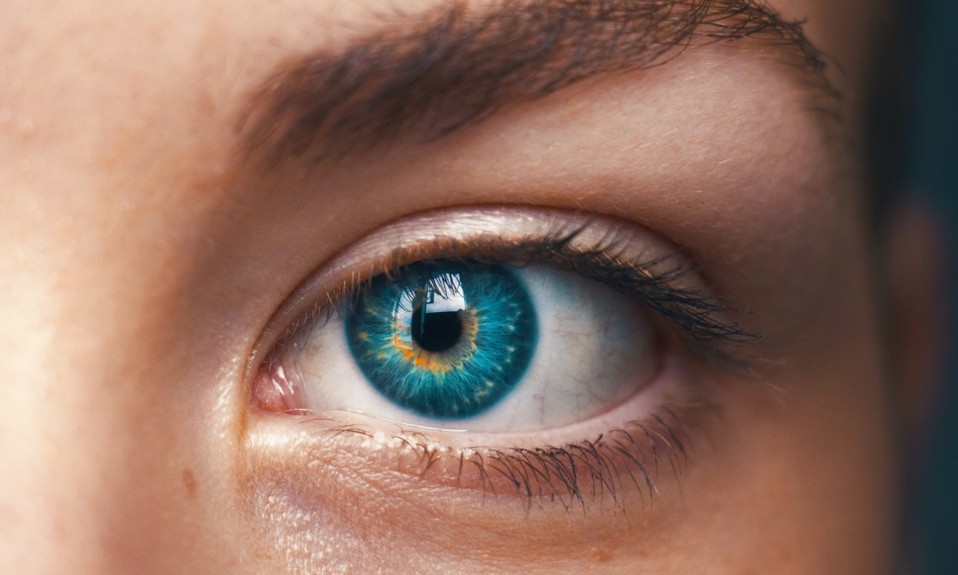Plus: 32% of American families are weighed down by drug problems; a wearable device that prevents OD deaths; and a sliver of promising news on the tobacco front
By William Wagner
Chalk one up for technology in the fight against addiction. According to new research published in Nature Machine Intelligence, computers can be programmed to predict the next illicit designer drugs that will be unleashed on the public.
Other notable developments we’ve pinpointed are the rising number of American families with drug issues, a wearable device that can reverse opioid overdoses, and the effect of taxes and ad restrictions on tobacco use.
From Nature Machine Intelligence:
Technology to the Rescue
The makers of illicit designer drugs always seem to be one step ahead of law enforcement and public health officials. (Consider highly lethal synthetic opioids like isotonitazene and brorphine that are reaching the marketplace. Chances are you’ve never even heard of them.) But a new artificial intelligence algorithm has the potential to even the odds—and save lives. Scientists from the University of British Columbia and other institutions have “trained” computers to identify designer drugs that are potentially in development. The algorithm is derived from a database of psychoactive substances from laboratories around the world.
Essentially, our software gives law enforcement agencies and public health programs a head start on the clandestine chemists, and lets them know what to be on the lookout for.”
—David Wishart, University of Alberta
In various tests, the algorithm has been accurate enough to surprise even its creators. “The fact that we can predict what designer drugs are likely to emerge on the market before they actually appear is a bit like the 2002 sci-fi movie Minority Report, where foreknowledge about criminal activities about to take place helped significantly reduce crime in a future world,” David Wishart, PhD, a professor of computing science at the University of Alberta and senior author of the study, said in a news release. “Essentially, our software gives law enforcement agencies and public health programs a head start on the clandestine chemists, and lets them know what to be on the lookout for.”
From Gallup:
32% of American Families Have Drug Issues
A new survey from Gallup indicates that addiction truly is a family problem in America. Thirty-two percent of the respondents said that drug use has been an issue in their family. That marks a steep increase from 1995, the first year of the survey, when 19% of respondents reported family trouble with drugs. The results, according to a news release on the survey, cut across “all U.S. regions and across all political party, education, urbanicity and income groups.”
From Scientific Reports:
Wearable Device Can Halt an Opioid OD
Give University of Washington scientists credit for their creativity in trying to save people from opioid overdose deaths. They’ve come up with a wearable device that not only detects an opioid OD but also injects naloxone into the victim to reverse it. Additionally, the Scientific Reports study states, “our proof-of-concept system can also be used to alert EMS to people experiencing an overdose, who can then provide additional care for patients and help ensure that breakthrough opioid toxicity does not lead to harm. Such a system complements current methods of evidence-based harm reduction and could help ensure that more overdoses that would otherwise be unseen and un-resuscitated could become functionally witnessed and reversed.”
The team stresses, however, that more study is needed on the efficacy and practicality of the device outside the confines of a research setting.
From the Word Health Organization (WHO):
Tobacco Taxes, Ad Restrictions Work (Sort of)
Tobacco remains a vicious killer, but the WHO has some good news to report: Taxes and advertising restrictions resulted in 20 million fewer tobacco users worldwide from 2015 to 2020. Now the bad news: That’s still just a drop in the bucket. In 2020, there were 1.3 billion tobacco consumers worldwide.
Photo: Amanda Dalbjorn














